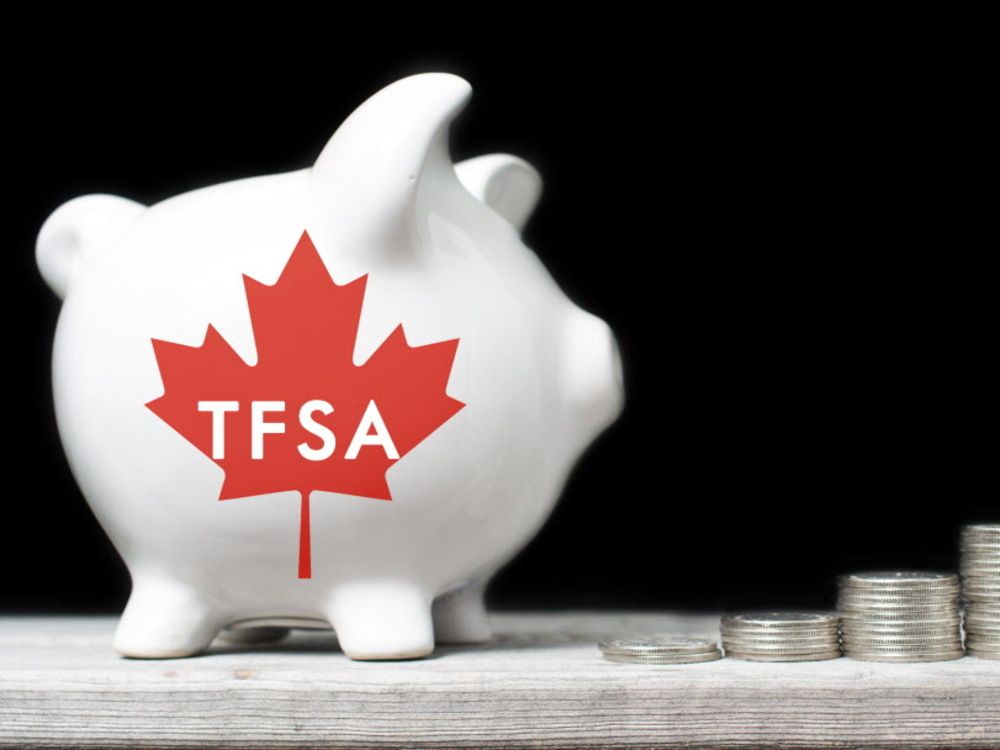Opinions expressed by Entrepreneur contributors are their own.
True story: Recently, my daughter was at a major brand car dealership with her boyfriend, intending to purchase a pre-owned car. Note I made up the numbers for the sake of my daughter’s financial privacy, but the takeaways are still the same.
The dealership asked for, let’s say, $26,000 “all in” for the car, but my daughter had already decided that $20,000 was the most she would pay. There was a lot of ground to cover to actually make a deal happen. After some discussion, the salesperson did his best, dropping the price to $25,000. But that still left a big gap, so he told her, “Let me go check with my manager and see if he has any ideas.”
After five minutes, the salesperson and his manager entered the room together. The manager explained that at $25,000, this was a great price; it was already well below their MSRP, and the deal was “very thin” as it was for him. He then used the famous line, “Okay, here’s what I’m going to do to get you into this car today.” The manager pulled out a piece of paper with revised numbers that showed his price now at $23,995. He explained to my daughter that this was the absolute best possible price. He was “all in;” this was his “best offer,” and he told her to take it or leave it. For the grand finale — keeping in mind that this is a 100% true story — the manager took out a big red ink stamp and smacked it down on the paper. The stamp read “FINAL” in bold red ink. $23,995. FINAL.
My daughter responded, “Thanks, but I’m sorry; it looks like it’s not going to work out.” Without hesitation, he immediately blurted out, “How about $22,500?”
When my daughter told me the story, I had a wonderful laugh. After the big show, the manager held his price for a full six seconds. And the idea of the red final stamp just made the story even better. But the more I thought about it, the more I realized there’s actually quite a lot to unpack here regarding sales tactics, psychology and effectiveness.
Related: 3 Unconventional Sales Tactics That Will Close More Deals
I’m not in the car business, and I’ve never sold cars, but I can see some familiar sales tactics (and mistakes) playing out here:
Playing the waiting game
All this went down after my daughter had spent hours on the lot. It was getting late in the day on a Saturday, and the manager knew she was hoping to get it done. At some level, the manager was wearing her down and playing out the clock, playing the “waiting game.” It didn’t work in this case, but often, this notion of using time as a weapon can be very effective. Utilizing time as a strategic element in the negotiation process can be effective, but it must be used carefully and respectfully. Pushing too hard on time constraints can backfire.
Closing the deal by changing the sales lineup
When the salesperson reached his personal negotiation line or felt he would lose her, he brought in his manager. In addition to adding some time to the clock, this step created a new opportunity for a new dynamic. The dealership never really wants a potential buyer to walk out the door, so if one person doesn’t get the job done, it’s always worth trying someone else. Involving a manager or company administrator in the negotiation process can create new dynamics and opportunities for closing a deal.
Proposing your best and final offer
Although I laughed hysterically when I heard about the red stamp, I soon realized it was actually a smart move. Once upon a time, I’m guessing some sales and marketing people sat in a room, and someone said, “I have an idea — let’s make a red stamp that says final and use that during negotiations.” Everyone probably laughed, and they would have said, “No, I’m serious!” And then everyone thought about it and agreed, as funny of an idea as it was, it actually made sense. It’s one thing to tell someone something verbally, but when it’s “official” and in red ink on paper, it’s human nature to believe it and take it as indisputable. Using psychological sales tactics to create a Fear Of Missing Out (FOMO) effect, such as a “Final Offer” stamp, can be effective in conveying seriousness and finality, but you have to honor your word, or you will likely lose credibility.
All the tactics I outlined above were smart, but here’s where I think the dealership dropped the ball:
Trying a shutdown move too soon
The manager came in cold, and rather than take some time (again, time is on their side) to talk about the value, create some alignment, and build some rapport, he went straight for the kill. That tactic may work, but I felt it was too aggressive. He would have been better off discussing the pain points and goals concerning the product, coming up with some extra incentives, etc. Understanding the customer’s needs, discussing the product’s value and building rapport and trust can be crucial in successful sales.
Related: How to Master Your Sales Success — Why Every Answer and Rejection Matters
Putting an out-of-reach offer on the table
The manager decided to go for the close in a fairly aggressive way. In some cases, that tactic makes sense. But he played it all wrong with the numbers. He knew they were a full $5,000 or 20% off, and he decided to put it all on the line at $23,995. Obviously, given how fast he dropped another thousand, he had plenty more room. If he was going for the hard close and “FINAL” offer, he should have made it more compelling. By putting on the big show and then immediately dropping his price, he completely lost credibility and lowered the odds of closing. In this case, he lost my daughter’s trust and the sale. In negotiation, it’s important to understand the other party’s budget and limits before making an offer. Being aware of their constraints will increase the likelihood of closing a deal.
Saying your offer is “final” when it’s not
If you offer something of value at a good price and tell them it’s “final” (which I personally don’t recommend as a sales tactic), then stand by it and mean it. Your word has to mean something. Once he realized his “final” price was not going to work, rather than lower it, he could have thrown in some additional valuable incentive, perhaps some amount of free service or some kind of special financing. If a “final offer” is presented, standing by it as your final word is essential. If adjustments are needed, they should include additional incentives or value to maintain trust and credibility.
Sales is an art, no doubt about that. A great salesperson builds a relationship, asks questions and listens, understands the client’s pain points, is honest and transparent, and operates with integrity. Of course, strategies, techniques, incentives, and a lot of human emotion and psychology are at play, but all of them can happen successfully without losing your credibility.
So, the overall moral of my story? Choose wisely before using the big red stamp!










